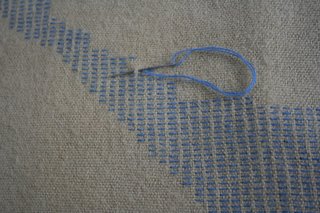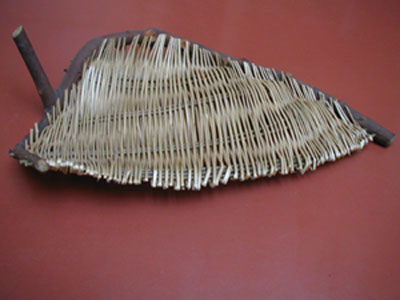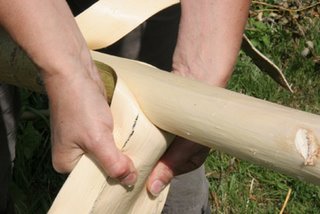 I have decided on Fair Trade Art as a title for my exchange in Moscow, with the agreement of the Fair Trade Foundation This has provided a good starting point, drawn self portraits are the rate of exchange.
I have decided on Fair Trade Art as a title for my exchange in Moscow, with the agreement of the Fair Trade Foundation This has provided a good starting point, drawn self portraits are the rate of exchange.The image shows one of the students at UEA's Bangers and Mash Fair Trade Fair doing her self portrait for Fair Trade Art. Plans for both Moscow 'kiosk' are still developing. I am modelling the idea in a variety of places and it was encouraging and exciting to hear and feel poeples reactions at this event.
The climate in Moscow during February will not allow for holding a market event outside at the Biennale, or rather I will not be able to cope with temperatures less than -20c In a way this will prove more challenging; to get the Art world really involved with an
I had a rubber stamp made to 'validate' portraits for the project, this has proved to be a really effective way of making a community of artists. Seen on the left with ink pad, the ink colour is exactly the same as Woad; to some extent chance. In addition I have started a collection of labels from the blankets used, which also seem to be generally the same blue. ANy significance of all these facts may come to light at a later date.
The next image is of me stitching on recycled blankets with woad dyed yarn, I use carbon copies to work from, the originals are retained by the artist/participants and Traditionally a quilt has three layers; the layers of this quilt will be online for all to access information about the artists and, within reason, any web-sites they are involved with. Making and feeling, manipulating materials are what I need to do, slow making helps the thinking process, helps me to understand the world. It is like the Hare Brain Tortoise Mind book by Guy Claxton, 'when you come away from a problem it becomes clearer'.
I am planning to model Fair Trade Art at galleries and coffee shops in the New Year - dates and venues will be put online as soon as I have them confirmed.






















